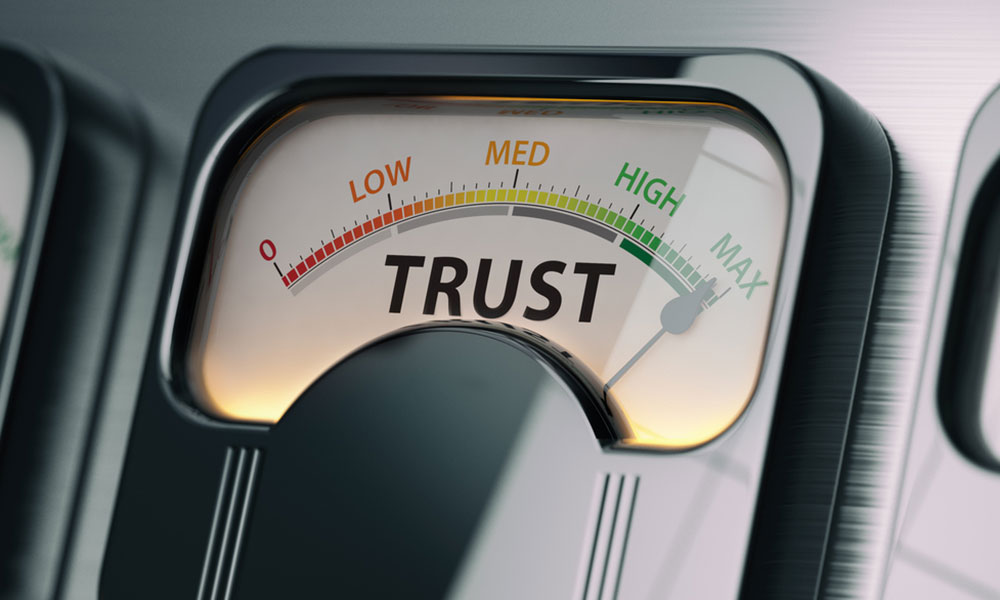
It’s on the Label: Trust Project Wants to Highlight Real News
With “fake news” becoming a meme this year, the world of journalism is fighting back through a carefully planned initiative called The Trust Project. The goal? Thoughtfully considered transparency.
The biggest issue facing journalism today might be one of trust. There’s not enough of it, and many outlets struggle with audiences that are skeptical of whether they deserve that trust.
The Trust Project, a new initiative formally launched this week, suggests that the path to rebuilding and maintaining that trust is strength in numbers—as well as a nutrition label of sorts for the news you read.
Representatives from more than 75 news organizations globally, including The New York Times, The Washington Post, the BBC, The Globe and Mail, the Financial Times, Zeit Online, and the Center for Public Integrity, assisted with creating a standardized way of underlining a trusted source or news story.
From a list of 37 potential options, the group underlined a core group of eight indicators of trust that focus on best practices, sourcing, reporting methods, diverse voices, and the feedback received by reporters during the process. The goal will be to make this information available to readers in a clear way so that they can figure out how a story came to be, what kind of sources were used, and the background of both the reporter and organization.
Sally Lehrman of Santa Clara University’s Markkula Center for Applied Ethics, who is leading the project, wrote in The Atlantic this year that the thought process around these trust metrics is being driven by readers, some of whom were interviewed at depth.
“They wanted to hear from people like themselves and unlike themselves—certainly more than the usual high-powered leaders in business and government,” she explained. “Many talked about more engagement. A news story, we heard, should offer tools like annotation and forms that would allow readers to contest claims, suggest more sources and propose ideas for reporting further. Journalists, people urged, should be more collaborative with the public they aim to serve.”
Some of the first news outlets to display the trust indicators, according to Harvard’s Nieman Lab, include a number of major legacy publications like The Washington Post, The Economist, and The Globe and Mail, but also prominent online publications like Mic and the Independent Journal Review. A number of German and Italian publications are also a part of the initial test, which is currently being rolled to sites with the technical backing to pull off such an experiment.
Additionally, social networks and major search engines, such as Facebook, Twitter, Google, and Bing, will work to implement the project’s tools into their services. The project will also build technological tools, like a WordPress plugin, to help publishers big and small eventually include these trust indicators.
(Curious what an article built around trust will look like? Here’s a mockup.)
The new consortium, which is explicitly nonpartisan, has the support of nonprofit funding, including from Craig Newmark Philanthropies, Google, the Democracy Fund, the John S. and James L. Knight Foundation, and the Markkula Foundation. Craig Newmark, the founder of Craigslist, helped get the project off the ground as the initial funder.
(Bet_Noire/iStock/Getty Images Plus)






Comments